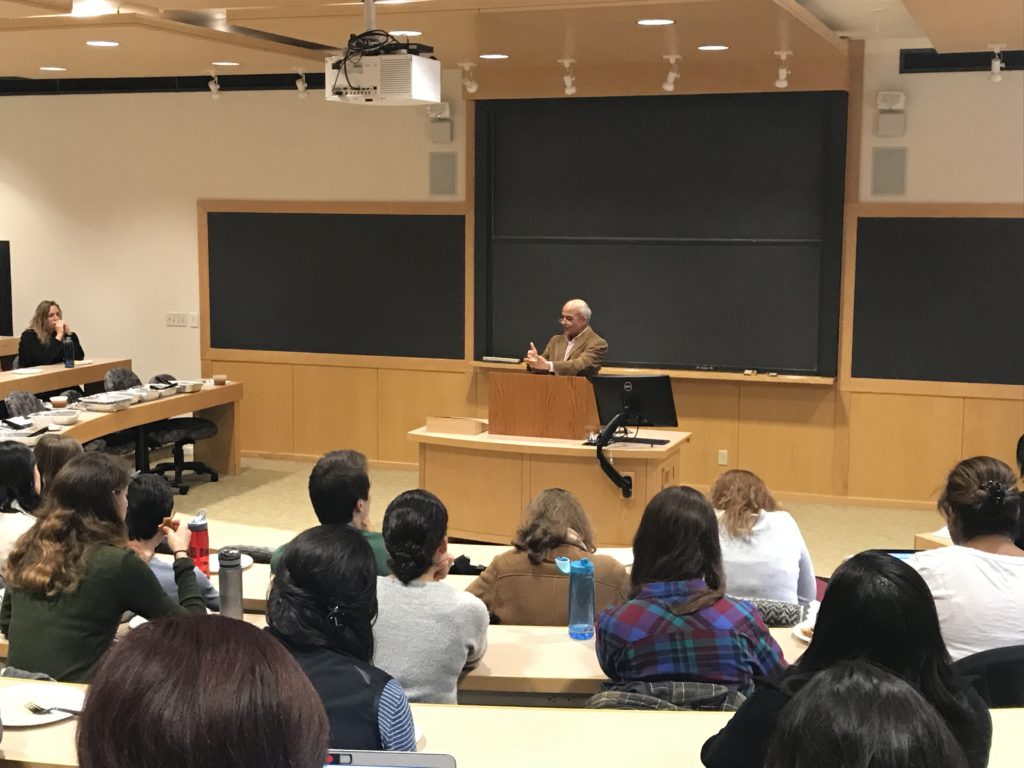By: Sabrina Singh
After decades of tumult, including a 10-year Maoist civil war, Nepal promulgated its constitution in 2015, transitioning the country from a monarchy to a democratic federal republic. It was a document that took six years and two constituent assemblies in its making. Mr. Bhojraj Pokharel, former Chief Election Commissioner of Nepal and current Senior Fellow at the United States Institute of Peace, highlighted some of the key challenges and opportunities gleaned from Nepal’s experience.
Bhojraj placed Nepal’s constitution in the larger, complicated political context of the time. He highlighted that bringing together 30 political parties and 601 members of the constituent assembly was a major challenge, especially since the three major political parties held contesting views regarding the type of governance (presidential, parliamentary or mixed), type of electoral system, the basis and number of federal structures and type of judiciary. The country’s leadership found it challenging to balance both the peace process as well as the constitution writing process, and emphasized political consensus, sometimes to the detriment of strengthening formal institutions. Due to these complications, Bhojraj said that the constitution became a document of political compromise.
Bhojraj spoke about the opportunities that lie ahead: He stated that it has been one of the most gender-friendly constitutions, recognizing gender minorities, gender representation in different levels of government through affirmative action, and ensuring equal property rights to all genders. The constitution writing process highlighted the importance of engaging multiple stakeholders, including minorities, for meaningful consultations. Bhojraj concluded with a key learning to balance between having both inclusion and consensus as well as sound management and a realistic timeline. To students’ questions about the role of lawyers and the influence of constitutions from other countries, Bhojraj explained that the document was born out of a lengthy political negotiation with input from legal experts, including the leadership of a lawyer who headed the constitution drafting committee. He underscored that while constitutions of other countries were informative, Nepal’s constitution writing process was mostly internally-focused.
This and next month, Nepalis will vote for their provincial and federal parliaments, formalizing a key step toward Nepal’s implementation of their constitution.
About the blogger: Sabrina Singh is a 1L at Harvard Law School from Kathmandu, Nepal. She studied Political Science and Sociology/Anthropology at Swarthmore College and is interested in gender and economic justice in law school.
Follow Harvard Law and International Development Society on Facebook and Twitter (@HarvardLIDS).

